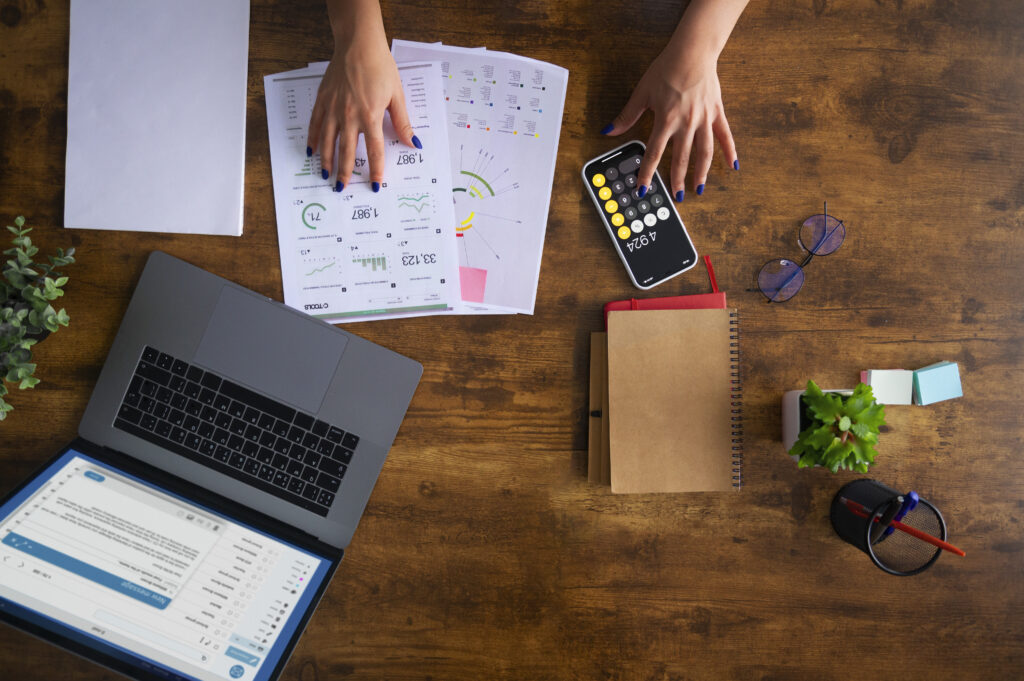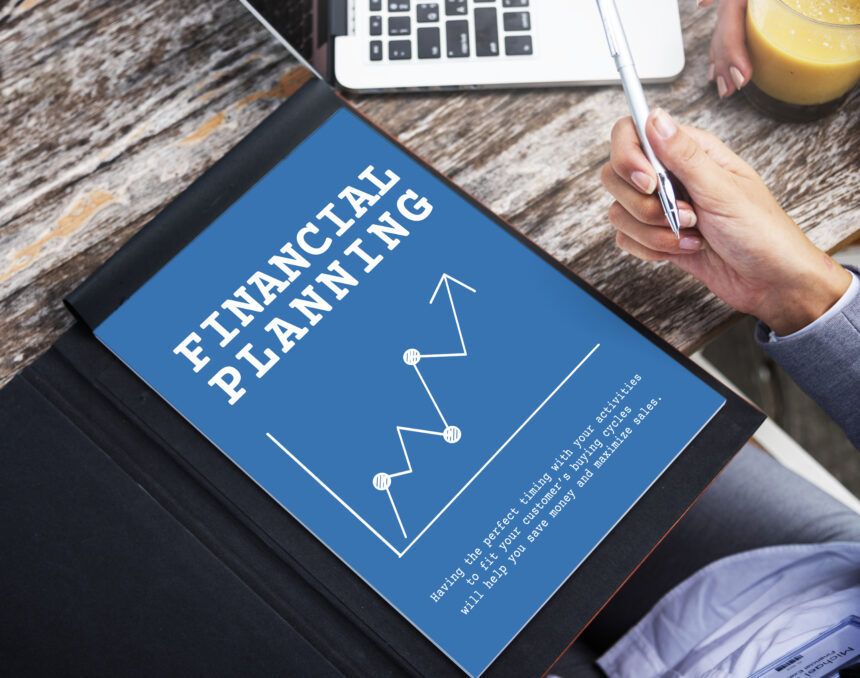Introduction: Why Balance Sheets Matter
A balance sheet isn’t just a bunch of numbers crammed together; it’s a crucial snapshot of how a business is really doing financially. Whether you’re starting your own company, thinking about investing, or just curious about finance, knowing how to read and use a balance sheet is super important. It can help you make smart decisions about money.
This sheet shows exactly what a company owns—these are called assets, what it owes, known as liabilities, and what’s left over for the owners, called equity. If you take a good look at this document, it can tell you a lot about the company’s strengths, weaknesses, and overall financial stability.

Image source: Freepik
Quote from The Experts:
A balance sheet is the heartbeat of any business. It doesn’t just show what you own—it shows how you operate.— Samantha Li, CPA, CFO at Ledgerwise Financial Group
Let’s break down balance sheets into simple, easy-to-follow steps that anyone can grasp.
Step 1: What Is a Balance Sheet & Why It’s Important
At its core, a balance sheet is one of the key financial statements used by all sorts of businesses and individuals. It gives a clear view of what the company has (assets), what it owes (liabilities), and the equity for its owners at a certain moment in time.
Here’s a simple formula to remember:
Assets = Liabilities + Equity
This formula is what keeps everything balanced in the world of accounting.
Visual Idea:
Think of a chalkboard with the formula written down, along with simple pictures representing each part—like buildings for assets, bills for liabilities, and a person with dollar signs representing equity.
Important Keywords:
balance sheet explained, what is a balance sheet, balance sheet definition, financial statement basics
Step 2: Key Parts of a Balance Sheet
A lot goes into a balance sheet, and you can break it down into three major parts:
2.1. Assets
Assets are what the business owns. They usually come in two types:
– Current Assets: This includes cash, money owed to you (accounts receivable), and inventory.
– Non-Current Assets: Here we’re talking about things like buildings, machinery (assets you use over the long haul), patents, etc.
2.2. Liabilities
These are the debts that the company has to pay:
– Current Liabilities: Bills that are due soon, like accounts payable and short-term loans.
– Long-term Liabilities: Bigger debts that you’ll pay off over more time, such as bonds or mortgages.
2.3. Shareholders’ Equity
This is what’s left after you subtract your debts from your assets. It represents the net worth of the business and includes things like common stock and retained earnings.
Visual Idea:
You might want a clean infographic showing columns for Assets, Liabilities, and Equity, with real-life examples under each one.
Expert Insight:
“Equity tells the real story—if you liquidated all your assets and paid your debts, equity is what’s left.” — Jordan Kent, Financial Analyst at Pinecrest Capital
Relevant Keywords:
components of a balance sheet, balance sheet sections, understanding assets and liabilities, what is equity in finance
Step 3: How to Read a Balance Sheet

Image source: Freepik
Let’s look at a simple example:
Company ABC Balance Sheet
As of December 31, 2024
“`
Assets | Liabilities and Equity
Cash | Accounts Payable
$50,000 | $20,000
Accounts Receivable | Long-term Debt
$30,000 | $40,000
Inventory | Total Liabilities
$20,000 | $60,000
Equipment | Shareholders’ Equity
$100,000 | $140,000
Total Assets |
$200,000 |
“`
Notice how it all fits together:
Assets ($200,000) = Liabilities ($60,000) + Equity ($140,000)
Visual Idea:
Picture a realistic balance sheet on a digital tablet with the sections colored differently—green for assets, red for liabilities, and blue for equity.
Keywords:
reading a balance sheet, balance sheet examples, financial statements sample, balance sheet tutorial
Step 4: Using Balance Sheets for Decisions
Balance sheets can help with many decisions, such as:
– Are you thinking about investing in a company?
– How much debt can a company realistically manage?
– Is the company financially stable?
Real-Life Insight:
For example, if a company has a lot of assets but very few liabilities, it’s generally considered to be doing well. On the other hand, if liabilities are high, it might raise a red flag.
Expert Comment:
“We always start with the balance sheet when evaluating an investment—it’s the truth serum of business operations.” — Lisa Romero, Venture Capitalist at ThriveX Capital
Visual Idea:
Imagine a business team gathered in a meeting room, looking over a projected balance sheet on the screen.
Keywords:
how to use a balance sheet, financial analysis tools, business decision making with balance sheets
Step 5: Comparing Balance Sheets Over Time
One balance sheet gives you a quick look at a moment in time. But comparing several balance sheets through the years can show you trends and changes.
You can look for things like:
– Increases in assets
– Declines in liabilities
– Growth in equity
Visual Idea:
A line graph that compares assets, liabilities, and equity over a three-year span would be effective here.
Pro Tip:
Consider using common-size balance sheets, where each line item is shown as a percentage of total assets. This makes it easier to compare things over time or between different companies.
Relevant Keywords:
balance sheet trend analysis, year-over-year balance sheet, common size balance sheet, comparing financial statements
Step 6: Be Aware of Balance Sheet Limitations
Although balance sheets are super helpful, they also have limitations:
– They reflect past performance rather than looking forward.
– They often don’t indicate market value.
– Some intangible assets might be missing or undervalued.
Visual Idea:
Imagine a magnifying glass examining a balance sheet with the word “Limitations” on it.
Expert Insight:
“Balance sheets don’t lie, but they also don’t tell the whole story. That’s why they must be used with income and cash flow statements.” — Timothy Ng, Senior Accountant at Elevate Advisory
Keywords:
limitations of balance sheets, drawbacks of financial statements, what balance sheets don’t show
Step 7: Create Your Own Balance Sheet
If you run a small business, work for yourself, or even want to manage your personal finances better, making your own balance sheet can be really useful.
Basic Template:
– Assets:
– Checking Account
– Savings
– Investments
– Personal Property
– Liabilities:
– Credit Card Debt
– Student Loans
– Mortgage
– Equity = Assets – Liabilities
Visual Idea:
Show a laptop screen with a DIY balance sheet spreadsheet, complete with tabs for assets and liabilities.
Downloadable Resource:
Offering a simple Excel or Google Sheet template for balance sheets would be beneficial.
Keywords:
how to create a balance sheet, DIY balance sheet template, personal finance balance sheet, business financial planning
Step 8: Combine Balance Sheets with Other Financial Statements
To get a complete financial picture, you need to look at:
– Balance Sheet (snapshot of assets, liabilities, equity)
– Income Statement (how the company is performing)
– Cash Flow Statement (money coming in and going out)
Visual Idea:
Imagine three documents lined up side by side, labeled: Balance Sheet, Income Statement, Cash Flow Statement, connected by arrows to show how they work together.
Keywords:
balance sheet vs income statement, cash flow and balance sheet, complete financial reporting
Step 9: Leverage Balance Sheets in Investment Analysis
For those looking to invest, balance sheets are crucial. They can tell you about:
– Liquidity through the Current Ratio
– How much debt the company is carrying with the Debt-to-Equity Ratio
– The value of tangible assets
Key Ratios:
– Current Ratio = Current Assets / Current Liabilities
– Debt-to-Equity = Total Liabilities / Equity
Visual Idea:
Picture a calculator displaying financial ratios beside a balance sheet.
Expert Insight:
“Ratios help make sense of raw numbers. That’s how we find undervalued stocks.” — Maya Gupta, Portfolio Manager at Echelon Fund
Keywords:
financial ratios from balance sheet, investment analysis tools, debt to equity ratio explained, liquidity analysis
Step 10: Make Sure Everything Is Accurate and Compliant
For businesses, your balance sheet needs to meet accounting standards, like:
– GAAP (Generally Accepted Accounting Principles)
– IFRS (International Financial Reporting Standards)
Make sure to:
– Keep it updated regularly, whether monthly or quarterly.
– Balance out your accounts.
– Hire professionals for audits when necessary.
Visual Idea:
Show someone in a professional setting reviewing financial documents, stamped with “GAAP Compliant.”
Keywords:
GAAP balance sheet, IFRS vs GAAP, financial compliance, audit-ready balance sheet
Final Thoughts: The Balance Sheet as Your Financial Tool
Balance sheets aren’t just for accountants. They’re key for business owners, investors, and anyone wanting to get a better grip on their finances. If you know how to use them well, they can help spot new opportunities, alert you to risks, and guide you toward smarter financial choices.
Summary from the Experts:
Whether you run a Fortune 500 company or a small side hustle, a balance sheet can be your best ally in financial strategy. — Natalie Chen, CFO Coach and Author of Finance Made Friendly
Morre on Afripati


